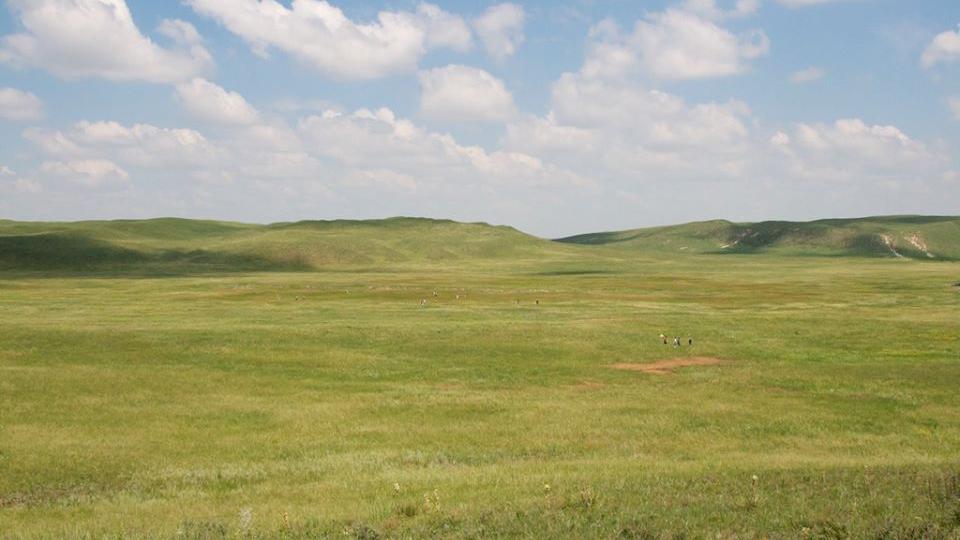
Fertilizer could be too much of a good thing for the world’s grasslands, according to recent study published in the journal Nature. UNL's Johannes Knops co-authored the study.
A worldwide study shows that, on average, additional nitrogen will increase the amount of grass that can be grown. But a smaller number of species thrive, crowding out others that are better adapted to survive in harsher times.
It results in wilder swings in the amount of available forage.
"More nitrogen means more production, but it’s less stable," said Johannes M.H. Knops, a UNL biologist and one of the paper’s co-authors. "There are more good years and more bad years. Not all years are going to be good and the bad years are going to be worse."
The three-year study monitored real world grasslands at 41 locations on five continents. The sites included alpine grasslands in China, tall grass prairies in the United States, pasture in Switzerland, savanna in Tanzania, and old fields in Germany. Two sites in Nebraska were part of the study: the Cedar Point Biological Station near Ogallala and the Barta Brothers Ranch near Valentine.
The study found common trends among grasslands around the world:
* Natural -- unfertilized -- grasslands with a variety of grass species have more stability because of species "asynchrony," which means that different species thrive at different times so that the grassland produces more consistently over time. This finding was consistent with the findings of previous, single-site studies as well as previous biodiversity experiments conducted in Europe.
* Fertilized plots saw declines in the numbers of species compared to unfertilized control plots. The plots averaged from 4.4 species to 32.3 species per square meter and declined by an average of 1.3 species per site.
* Fertilization reduced species asynchrony and increased the variation in production levels over time compared to control plots. This weakened the benefits of species diversity seen in the un-manipulated plots.
While public attention has grown about elevated levels of carbon dioxide and global warming, Knops said elevated levels of mineral nitrogen in the environment also are concerning. It’s rare for ranchers and farmers to fertilize rangeland and pasture, but grasslands are affected by nitrogen deposition that results from burning fossil fuels, as well as from fertilizer runoff, and ammonia volatilization from cropland.
Knops said fertilizer overuse could intensify the detrimental effects of drought on grasslands, such as the drought that devastated cattle herds in Texas and Oklahoma from 2011 to 2013, when Texas lost about 2 million animals or 15 percent of its cattle herd.
It also could have ripple effects during bad years by reducing the plant cover. That increases erosion and decreases water filtration and carbon sequestration benefits provided by grasslands.
The Nature article, "Eutrophication weakens stabilizing effects of diversity in natural grasslands," is one of several research articles on the relationships between grassland diversity, productivity and stability generated by the Nutrient Network experiment. Knops said the experiment was unprecedented.
"In the past, you didn't see a collaborative effort at a really large scale like this in biology or in ecology," he said.
Written by: Leslie Reed, University Communications